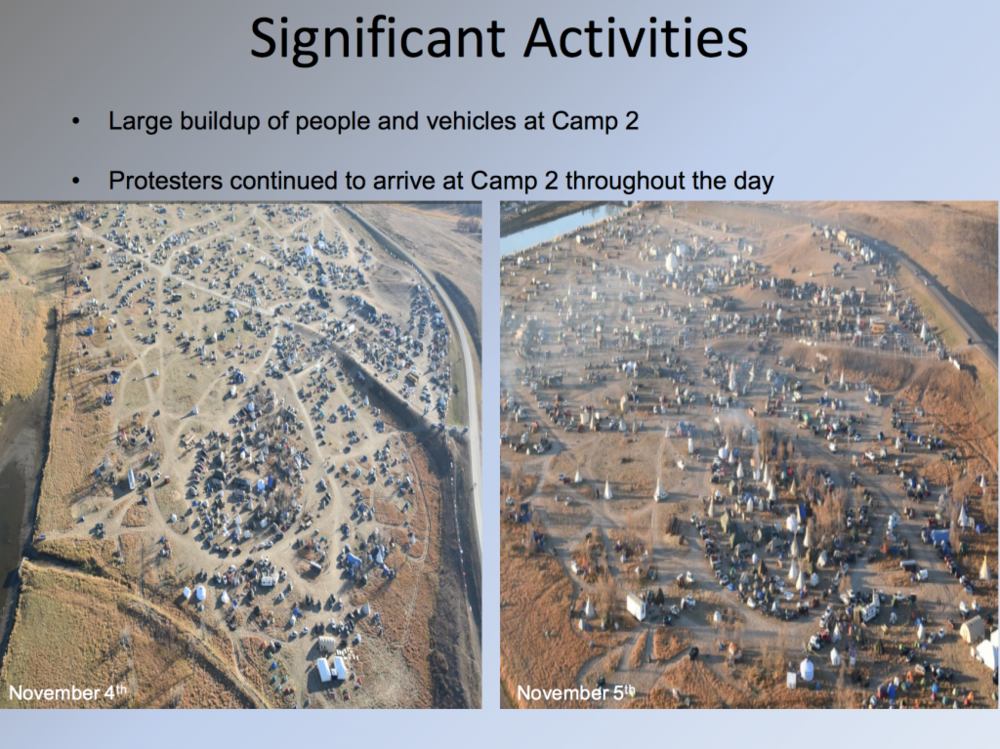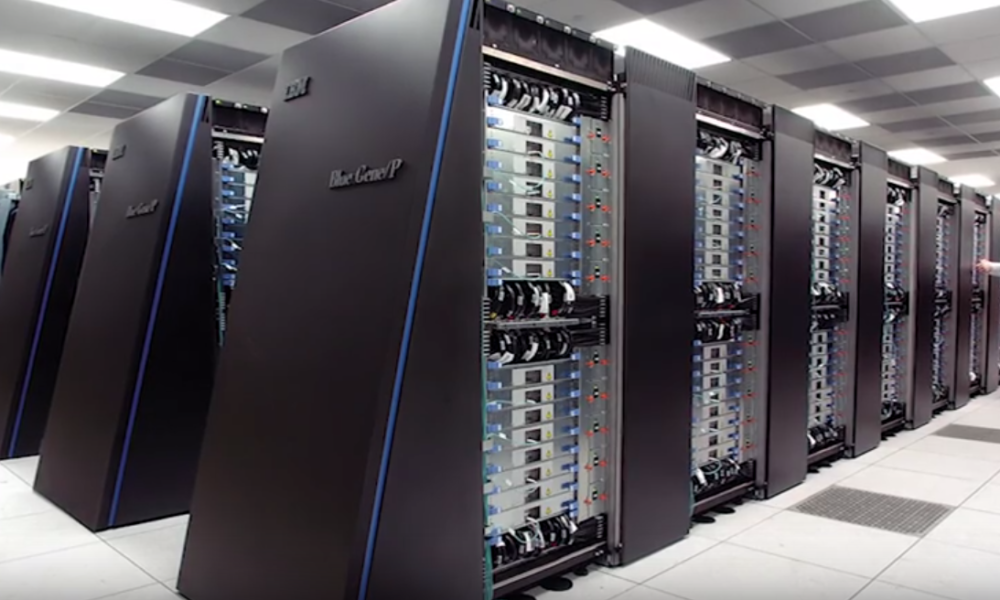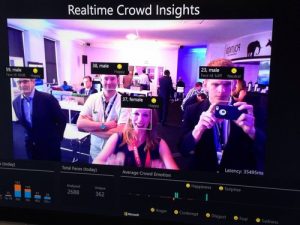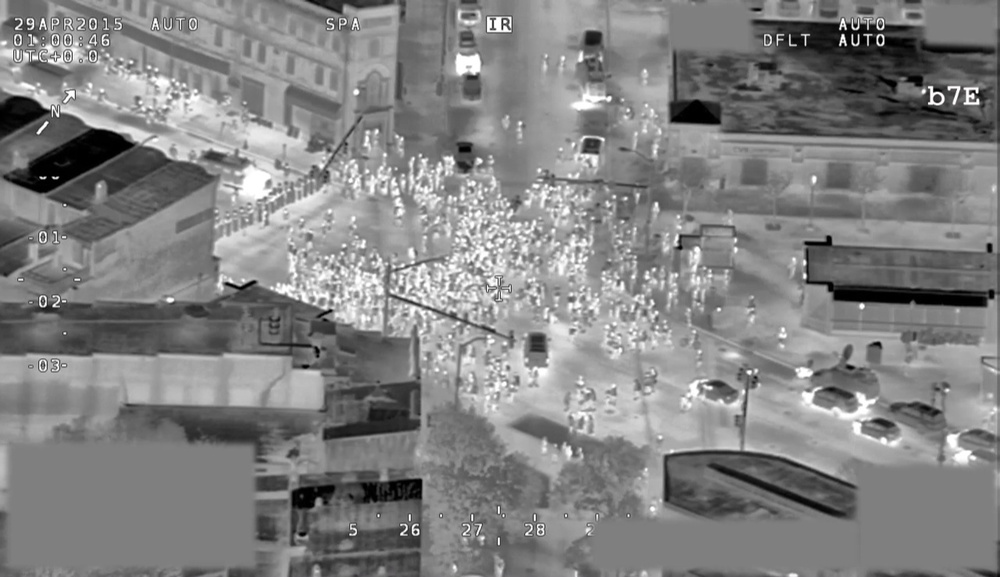Pegasus Spyware Used Against Thailand’s Pro-Democracy Movement
NSO Group’s Pegasus spyware was used to target Thai pro-democracy protesters and leaders calling for reforms to the monarchy. “We forensically confirmed that at least 30 individuals were infected with NSO Group’s Pegasus spyware,” reports Citizen Lab. “The observed infections took place between October 2020 and November 2021.” Here’s an excerpt from the report:
Introduction: Surveillance & Repression in Thailand: The Kingdom of Thailand is a constitutional monarchy with a parliamentary-style government divided into executive, legislative, and judiciary branches. The country has been beset by intense political conflict since 2005, during the government of former Prime Minister Thaksin Shinawatra. Corruption allegations against the regime culminated in a military coup on September 19, 2006 that ousted Thaksin. The military launched another coup on May 22, 2014 and seized power following mass protests against the civilian government led by Thaksin’s sister, Yingluck Shinawatra. The junta claimed that the 2014 coup was needed to restore order and called itself the National Council for Peace and Order (NCPO).Findings: Pegasus Infections in Thailand: On November 23, 2021, Apple began sending notifications to iPhone users targeted by state-backed attacks with mercenary spyware. The recipients included individuals that Apple believes were targeted with NSO Group’s FORCEDENTRY exploit. Many Thai civil society members received this warning. Shortly thereafter, multiple recipients of the notification made contact with the Citizen Lab and regional groups. In collaboration with Thai organizations iLaw and DigitalReach, forensic evidence was obtained from notification recipients, and other suspected victims, who consented to participate in a research study with the Citizen Lab. We then performed a technical analysis of forensic artifacts to determine whether these individuals were infected with Pegasus or other spyware. Victims publicly named in this report consented to be identified as such, while others chose to remain anonymous, or have their cases described with limited detail.
Civil Society Pegasus Infections: We have identified at least 30 Pegasus victims among key civil society groups in Thailand, including activists, academics, lawyers, and NGO workers. The infections occurred from October 2020 to November 2021, coinciding with a period of widespread pro-democracy protests, and predominantly targeted key figures in the pro-democracy movement. In numerous cases, multiple members of movements or organizations were infected. Many of the victims included in this report have been repeatedly detained, arrested, and imprisoned for their political activities or criticism of the government. Many of the victims have also been the subject of lese-majeste prosecutions by the Thai government. While many of the infections were detected on the devices of prominent figures, hacking was also observed against individuals who are not publicly involved in the protests. Speculatively, this may reflect the attackers’ intent to uncover details about how opposition movements were organized, and may have been prompted by specific financial transactions that would have been known to Thai financial institutions and the government, but not the public.






